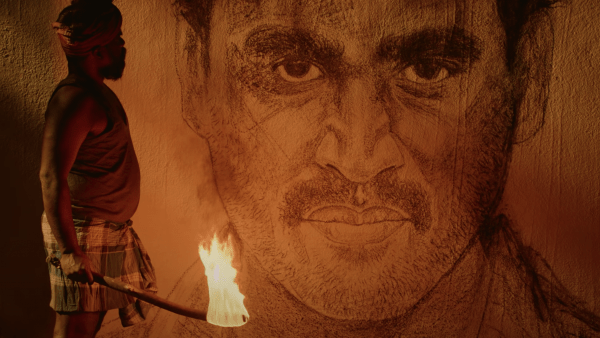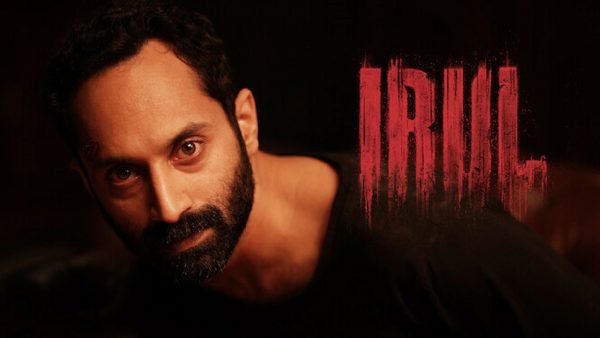Who doesn’t love a good teen drama? US teen movies are perhaps my single favorite movie genre, even at age 22. From High School Musical to Mean Girls, to Duff, to Princess Diaries, the list is endless. When Netflix’s “Never Have I Ever” first came out, it felt like the best of both worlds – the high school nostalgia and the thrill of your first love from the eyes of an Indian girl just like you or me. And it definitely was an experience to see a girl who looked a lot like me and spoke a lot like my American cousins in the quintessential American high school rom-com.
Netflix’s “Never Have I Ever” TV Series
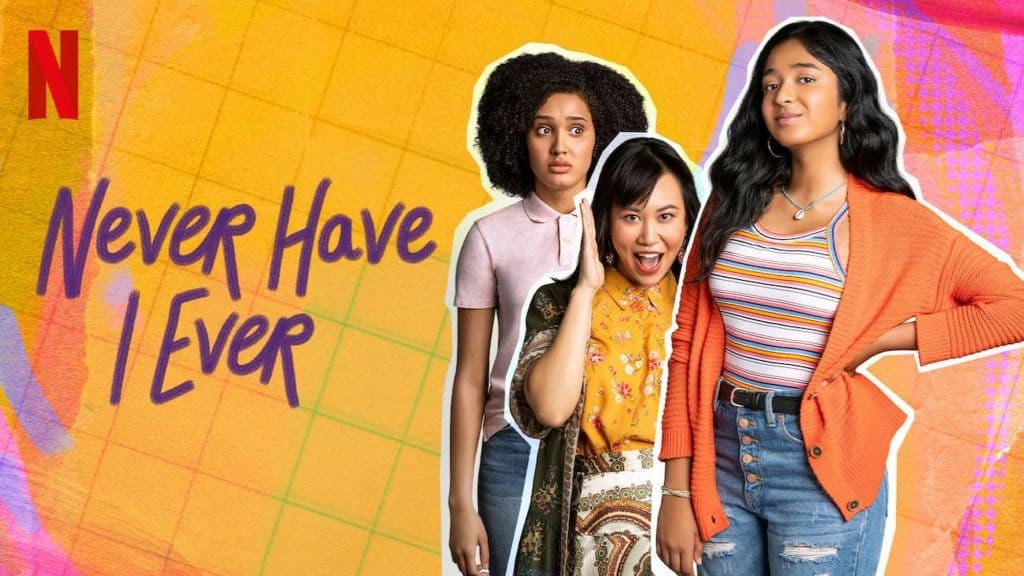
But when I actually watched the show, I felt like it was a little off. The narration felt like it was explaining Indian customs and experiences to a white audience who thought India was all slums and Holi celebrations. This was an opportunity for the infamous Hollywood sepia filter to stop defining the portrayal of India, but somehow the picture is still blurry at best.
“Never Have I Ever” opens with its protagonist Devi Vishwakumar sitting in front of a puja room praying. Not too uncommon a sight. But the twist comes when we realize Devi is praying to get a boyfriend and redefine her reputation. After a traumatic year where she lost her ability to walk, all Devi can think about is being ‘cool’ and being accepted by her non-Indian classmates.
When my cousin sister was around Devi’s age, I remember her being a lot like Devi. Raised in the US, she only dared enjoy her Sambhars, dhals, and Rotis in the privacy of her own home. She insisted that her mother only pack her lunches that were suitably American – a sandwich, pasta, even leftover Pizza from the last night. As long as it did not give her another reason to feel like an alien in her own school.
“The Weird Indian Girl” Tag
Devi is seen struggling with a lot of these issues as well. She is desperate to shed the tag of ‘the weird Indian girl’, loathes wearing traditional clothes, and dislikes her more ‘Indian’ cousin for the approval the latter gets from Devi’s family. As the show progress, we never really get any indication that Devi eventually learns to embrace her culture.
When my sister was in her junior year, she got into a fight with a bully who knocked over her lunch because they didn’t want to smell curry. She was suspended for the incident, and after having some time to think, she returned to school with a new mindset. No matter how hard she tried, she could never be anything other than Indian. She was never going to be treated the same way as her white friends, so why should she try so hard to act like them?
So when she went back to school, she went with a lunch box full of her favorite potato stir fry in all its chilli powdered glory. She wore Kurtis to school unapologetically, oiled her hair before baths for the first time in years, and stopped shaving her forearms. I’d never seen her happier than she was when she made the decision to embrace the culture she was raised with.
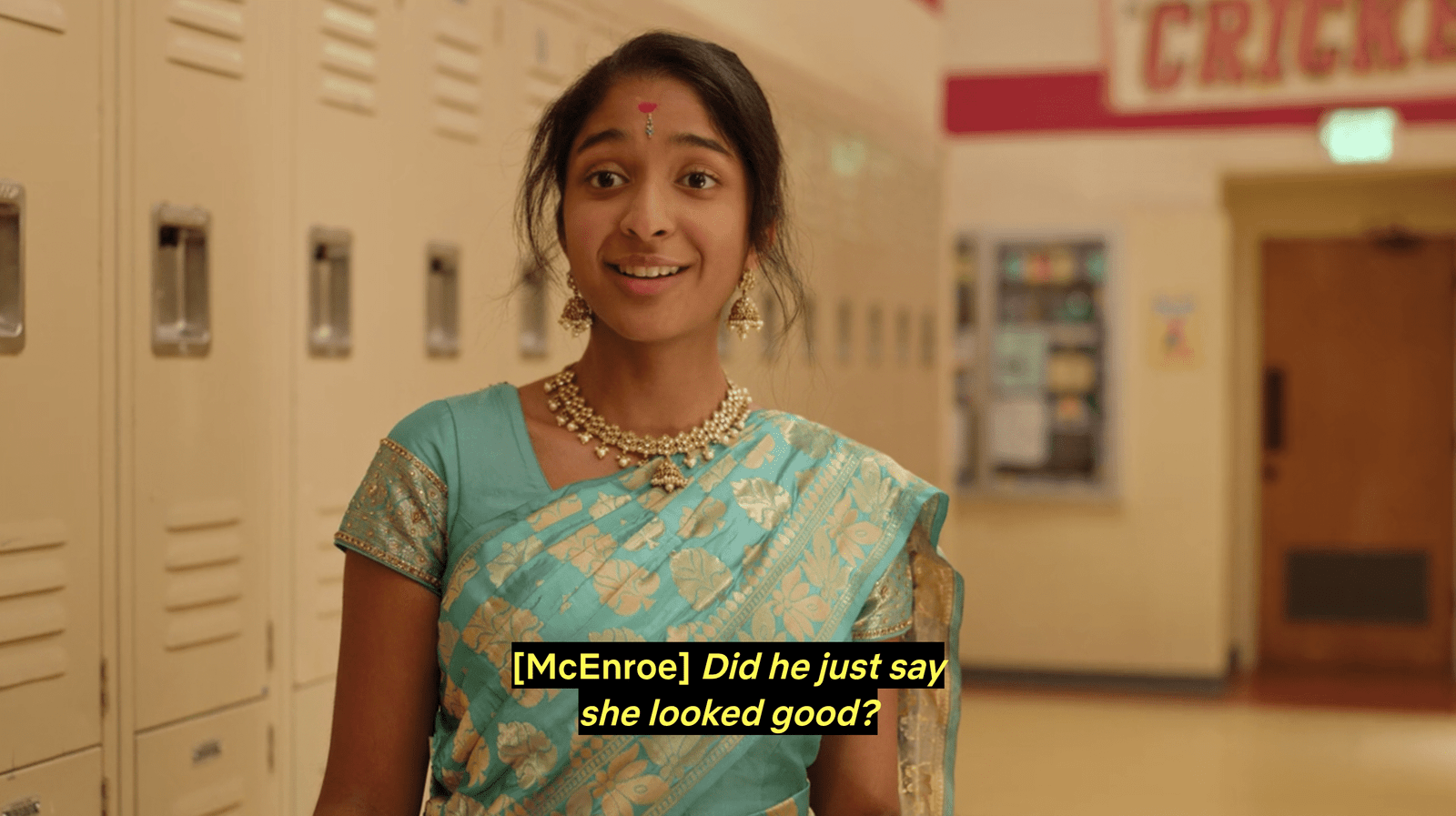
With Devi, there is no such reckoning in both seasons. She is reassured when Paxton compliments her on her half saree, but one could argue she was blushing at the validation from her crush rather than her newfound pride in being Indian. And this, I think, is the biggest problem of “Never Have I Ever.” It gives a protagonist who embodies the person second-generation immigrants spend many years of their life pretending to be – a ‘cool’ girl, who tries to be the most palatable version of herself for her mostly white peers.
“Never Have I Ever” and Indian/Tamil Roots
The only people invested in their Indian roots are Devi’s mother, Nalini, and her cousin Kamala. Nalini seems like a typical Indian mom, strict but caring, and she is clearly frustrated when Devi openly disregards the values that Nalini cherishes. In season 2, Nalini’s plans to move back to India fail when she realizes that she is considered too Americanised to be accepted back into society.
Not only does this paint her family as extremely unsupportive because of their Indianess, but it also disregards the fact that women are breaking traditional gender roles all over the country. We never truly see a supportive community around our main cast either. The aunties at Ganesh Puja are callously judgemental, just like the family that awaits Nalini in Chennai. Obsessed with Nalini’s looks and her marital status, it reinforces stereotypes about Indian communities putting reputation and ‘honour’ over basic humanity. While it’s certainly a reality, it is nowhere near as all-encompassing as the show seems to make it seem.
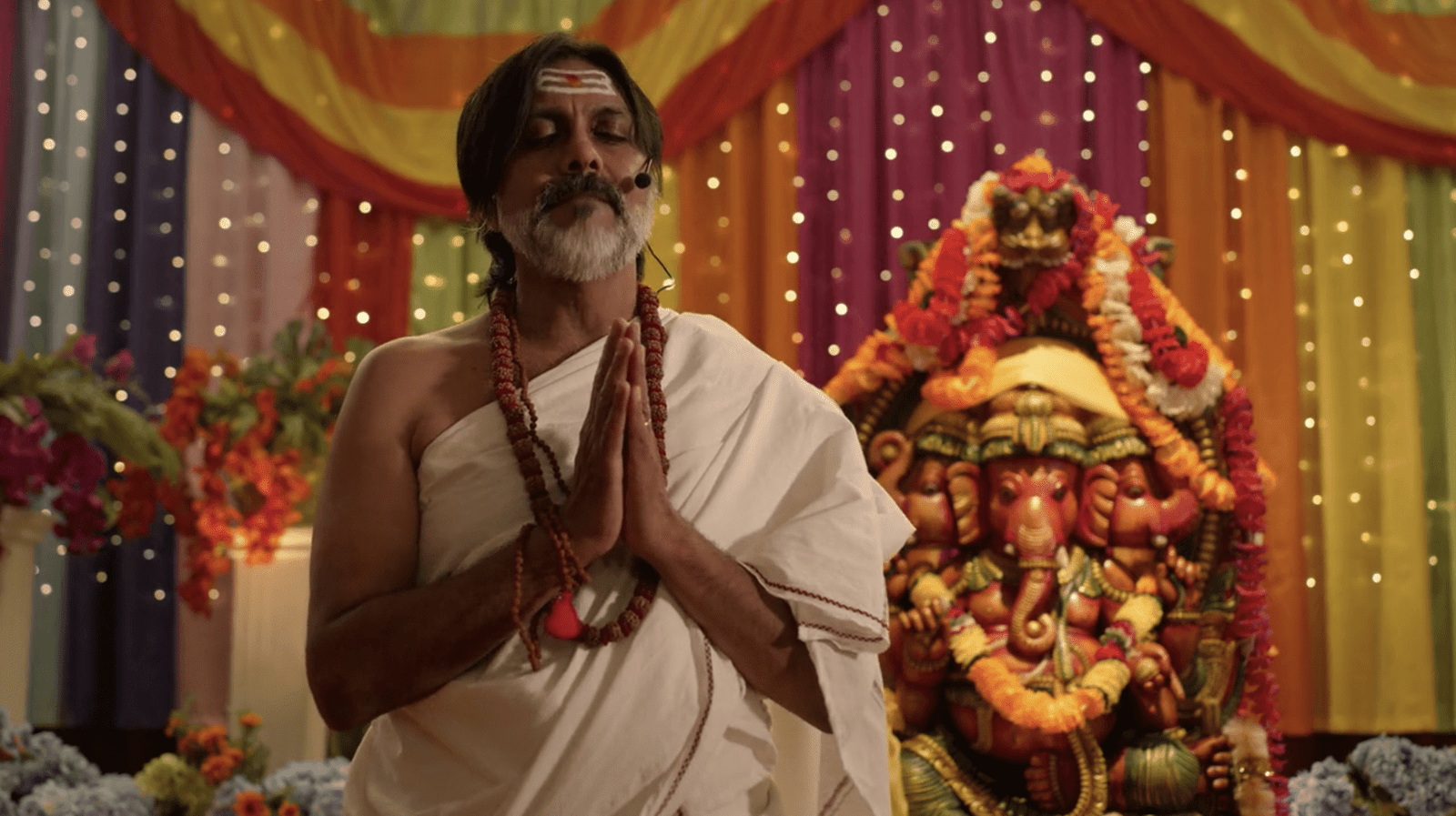
The show’s portrayal of ‘Ganesh Puja’ has drawn criticism in particular for the way it homogenizes India’s diverse culture. Not all Indians or even Hindus celebrate Ganesh Puja. Devi and her family especially are from Tamil Nadu but are never seen practicing any traditions that are particular to Tamil people. It presents this reductive version of Hinduism and its varied forms that seems to confirm the way non-Indians see Indian festivals and Hinduism as a whole; it confirms the assumption that a jumble of traditions from across India constitutes the entire picture.
Kamala’s dialogues are all particularly cringe-worthy. The idea that she never knew what Riverdale was, even though it’s obvious she watches at least some American content from her fluency in English, just seems ridiculous. The shenanigans that ensue when her potential fiancé visits paint a comical portrait of the arranged marriage process and disregard that India’s diversity extends to its mindsets.
“Never Have I Ever” presents a unique dilemma to its Indian viewers – do we disregard the ways in which the show presents Indians in a stereotypical, butt-of-the-joke type manner and simply enjoy that the star looks like us? Do we consider it imperfect progress, certainly a step up from the awkward nerdy Indian kid we’ve seen in shows like this before? Perhaps all we can do is enjoy the show if you do but think critically of the messages it ultimately presents. Regardless, I am eager to see what “Never Have I Ever” will bring to the table in its next season.

